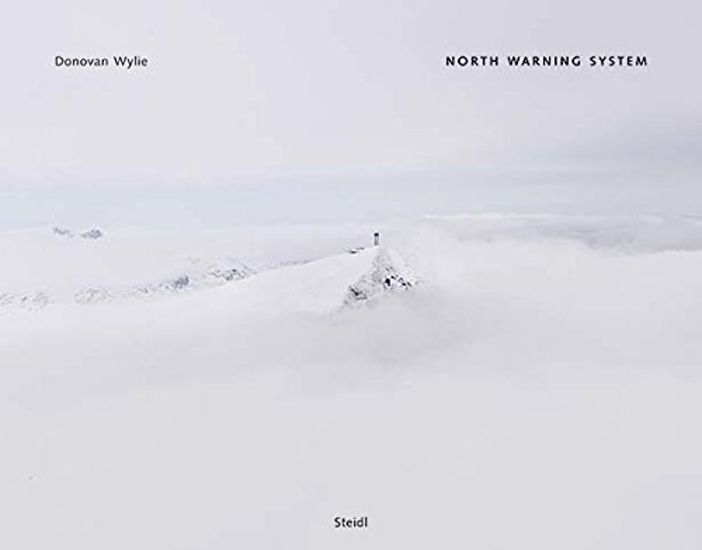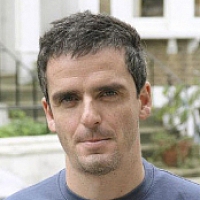
Over the past decade, Wylie, a Magnum photographer, has become the leading visual chronicler of what he calls "the concept of vision as power in the architecture of contemporary conflict". For his 2002 series The Maze, he applied a detached style redolent of the New Topographics movement to the abandoned prison in rural County Down that once housed republican and loyalist paramilitary prisoners. His photos of the empty cells and fortified exterior exemplified the relationship between architecture and isolation, design and surveillance. In 2005, he documented British Army surveillance posts in South Armagh, just weeks before they were taken down as part of the ongoing peace process. Often shot from a helicopter, the watchtowers and their surrounding fortifications have a medieval look, but their hi-tech cameras and listening devices, which tracked civilian movement on both sides of the border, signalled the surveillance future that we all, to some degree, now inhabit.
Looking at Wylie's images of these ominous outposts amid South Armagh's rolling hills, I experienced a perverse feeling of nostalgia for those troubled times. This is the power of photography: to render the past, however grim, romantic. But here, it also relates to the fact that barely a trace of the British Army's physical presence in South Armagh remains. These images are a key record of that once provocative presence – and the fact that there are no people in them only adds to their haunting power.

